It’s time again for that annual tradition of looking back on the year in movies released before 2014. I watched around 200 movies last year and around 130 of them were not from last year. These are the 40 best examples from those 130. I’ll include a snippet from my review and the title of the film is a link to the full review on my letterboxd page (and you can see this list there as well). Leave your favorite non-2014 new watch in the comments or let me know what you think of my choices.
40. Wake in Fright (1971)
The triumphs of the movie are its atmosphere and the climax, which involves a kangaroo hunt. The bloodthirsty nature of this scene is almost physically revolting. Powerful stuff.
39. Muscle Shoals (2013)
This is where Aretha got her soul, where Wilson Pickett learned to chill out, and where southern rock was invented. Check out the list of records made in Muscle Shoals and you’ll come to the same conclusion that the film does: there must be something special in the water that brings out the best in the artists who work there.
38. Scrooged (1988)
Bobcat Goldthwait’s character is my favorite, and his shotgun rampage is really fun. More fun his the scene after Murray has his revelation and recruits Goldthwait to his hijacking of the show. There’s a bunch of really funny slapstick there.
37. Swing Time (1936)
Ginger Rogers is a total charmer and a fantastic partner for Astaire’s witty dancing. I’ll surely continue to seek out their films together. Like I said, almost everything else here is fine (too much time is spent doing things that I don’t care about, and the plot is silly to the max), but to see them move together is something wonderful.
36. Easy A (2010)
There’s a lot to be said about just how much screen presence means for a film. A version of this movie that is all the same except that it stars, say, Megan Fox, would probably end up being an acceptable film, but it wouldn’t have nearly the grace nor wit that Emma Stone brings to the movie. While there’s a little bit of disbelief suspending that must be done to buy such a shining presence as the loser she is supposed to be, Stone sells the hell out of it. Her home life, featuring Patricia Clarkson and Stanley Tucci as her mother and father, believably creates an environment that would forge this young woman, a person who relies upon her whip-sharp tongue to cover for a certain lack of social skills.
35. Dancer in the Dark (2000)
Von Trier also changes his directorial style for these flights of fancy (almost all of them take place in Bjork’s imagination with the distinct exception of the final number) as he subdues his usually frantic camerawork for static, often very wide shots. His crazy editing is still there, so they don’t feel entirely out of place, but it’s a great strategy to call attention to her only means of escape.
34. Beneath the Planet of the Apes (1970)
Their normal faces turn out to be just masks hiding their true, veiny blue faces. It’s a disturbing effect, one which cleverly visualizes the distinct inhumanity of these supposed humans. They’ve been warped both physically and mentally by the doomsday bomb they treat like a religious figure, becoming the epitome of the people Heston’s Taylor so hated in the opening of the original film.
33. Streets of Fire (1984)
Heightened to the point of absurdity, everybody is just doing things to do them. Sure, let’s kidnap a rock star. Sound’s like a fun day at the beach. Fine, I’ll go rescue her, but only if I can also bring along a new friend and a total idiot that has almost no use in the plot at all. Ok, we did it, now what? We’ve still got half a movie left to go.
32. Phantom of the Paradise (1974)
At the outset I was afraid I was in for another Tommy experience, and that wasn’t a nice proposition. Luckily, De Palma avoids that film’s major pitfalls by having several characters about whom I care (the titular Phantom, the sleazy (and satanic) record producer, and the siren with whom both are obsessed) and injecting some actually comedic humor into what might have been overly dour/crazy happenings.
31. The Passion of Joan of Arc (1928)
Carl Theodore Dryer doesn’t flinch away from showing some of the human brutality that can be wrought from a conflict of religious ideas and the scene in the torture dungeon with the spinning wheel-o-spikes and the divots cut into the floor stained with blood show that these clergy members aren’t shy about inflicting pain. Nor does he cut away nearly as much as I expected him to in the final fiery scene. This may be 1928, but it doesn’t feel like many punches are being pulled.
30. The Monster Squad (1987)
I’m a little bit of a wuss and I have a built in fear of werewolves in general but I think this movie is actually pretty scary. Certainly scarier than The Boxtrolls, which got a bit of guff for being “too scary”. Ha! Here the Wolfman howls and there’s a creepy old house and I get a few chills. That is, until our hero urges his friend to kick the Wolfman in the nards, which he does and then exclaims, “Wolfman’s got nards!” HA!
29. I Am Love (2009)
Later, they consummate the relationship and it becomes a deconstruction of her body. A breast here, a hand there, a jaw, an eye. She is being taken apart and reformed in front of us. A new woman. There are further developments, but I’ll leave those for you to discover on your own. You should. They’re fascinating.
28. Funny Face (1957)
I liked the feints towards an intellectual rigor that I haven’t seen many of the mid-century movies make, though it doesn’t do much with it outside the meet-cute and the fantastic and iconic modern dance scene. And how great is that scene? a smoky underground Parisian cafe comes to life with her half-awkward, half-graceful movement, all done with a knowing wink towards the audience and Astaire.
27. Seven Samurai (1954)
Frequent Kurosawa collaborator Toshiro Mifune is again amazing here, all energy and rage and motion. His backstory, filled in some 3 hours into the film, forms the center of the movie’s conscience. It is about the difference between farmers and samurai, and the ways that those two groups can interact with each other.
26. The Remains of the Day (1993)
Emma Thompson never felt like there was nothing happening under her calm surface. When she’s angry there’s a twitch of the neck muscles, or when she’s sad her eyes fill with tears that never fall. Repression is the name of the game, and she plays it wonderfully.
25. 7 Plus Seven (1970)
The class separation is probably the most fascinating of the topics discussed this time around. Everybody seems like such a product of their background when the sample is so wide and covered so well. I’m excited to see how this develops.
24. White Tiger (2012)
It is a Russian film, after all, and they like their allegories. This one’s pretty strong, if all the talk of Tank Gods don’t turn you off from the jump. Late in the film the characters higher up in the Russian army talk quite frankly about the things that our hero represents. He is the embodiment of war, they say, as he has forgotten all of his previous life and even his new name is forged in battle. He’s the perfect war machine that just happens to be wearing a fleshy body. The White Tiger, too, serves some allegorical purposes. It is the fear the Germans instill in their enemies, and the ruthless efficiency of their forces made metal.
23. My Fair Lady (1964)
In fact, it’s kind of a wonder, visually speaking. There are a few times when director George Cukor stops his actors in mid stride and composes them in the frame as if it were a painting. Once, towards the beginning after the first night in the film, he has a kind of opening up shop sequence which begins with a few people entering the frame and then freezing in place while still others enter and then freeze and then the whole thing happens once again. I’m not sure what’s going on there, other than maybe that Cukor is calling attention to the artifice of social stratification or maybe to the fact that we all play our own roles in life, even as we go about our chores or jobs. It happens again at the horse race with all of the ritual and formality that such an occasion demands.
22. The Legend of Hell House (1973)
The rest of the film is full of fun atmospheric touches, especially at night as things take a turn for the lurid. Hough films much of the movie with super wide lenses to fill as much of the screen with detail as possible. He often puts something big in the foreground and places the action off to the side, which heightens the atmosphere and sense of character of the house delightfully.
21. Much Ado About Nothing (1993)
That Emma Thompson played Beatrice’s smart, witty maneater perfectly was not surprising. There’s something in her that latches on to intelligent women and makes them seem even smarter than they are on the page. She is able to convey a great deal of inside stuff via small gestures and facial movements. Her partner here, director Kenneth Branagh, does Benedick fine, but not nearly as interestingly as Denisof did him. Denzel Washington comports himself quite nicely with the language, and he shares one of the great scenes in the film with Thompson which plays as if they are old friends.
20. Onibaba (1964)
It’s that grass that hides people from each other and creates an uncanny other-worldliness in which this fable takes place. Described by its director as an allegory for post-nuclear Japan, Onibaba contains some fascinating cultural details, some of which were probably lost on me. One that wasn’t is the mask of a samurai that enters the film late but gives it the final kick in the pants it needs to bring everything to a head. When it is removed from his face, the scars and boils left behind are grotesque renditions of the burns from the nuclear attacks the Japanese suffered at the end of WWII.
19. Three Colors: Blue (1993)
Binoche doesn’t play her emotions loudly or with a whole lot of passion, even. For a person who recently went through a trauma, she’s surprisingly evenhanded. After she realizes she’s free (ah, Liberty) she cuts herself off from everybody that knew her before the accident and attempts to live in total solitude – in the middle of a city. It’s easy to get lost in the hustle and bustle, though, and for a few moments in the film we see her content. Then, of course, the real world butts back in, whether it’s by old friends and lovers or new neighbors, it becomes increasingly obvious that she can’t just be herself.
18. Seven Brides for Seven Brothers (1954)
Not only do they move so impeccably and wonderfully, but they also show off the power of the widescreen framing by director Stanley Donen. I love how the camera placement gives more or less weight to one line of men depending on how much influence they have over the women at that point in time. It’s perfect, a match for the cinematic power of Godzilla’s battle scenes.
17. 7 Up (1964)
Director Paul Almond gets into the minds of these kids and never rests for too long in one place or on one topic. Jumping around from romance to fights to the difference between poor people and rich people, he gets this diverse group of seven year old British kids to talk about anything and everything.
16. The Ninth Configuration (1980)
There are long scenes of dialogue and manic action that might be off-putting if they weren’t so well written and fun to watch (everybody here does great work, by the way, acting-wise). It’s written and directed by William Peter Blatty and the guy knows how to do religious and philosophical questioning wrapped up in Shakespeare and Casablanca and Superman.
15. The New World (2005)
Then I could let the words drift in and out of my consciousness as the always beautiful imagery did the heavy lifting. This almost-montage style works best in the opening and closing bits. The beginning introduces us to the people and the world we’ll be inhabiting for the next three hours or so by allowing us to see, say, John Smith walk among the tall grasses that we just saw Pocahontas run joyfully through. They share a sense of wonder, but the performances make it clear that the type of wonder they have is very different. Her’s is almost offhanded, and his is deep and genuine amazement.
14. Planet of the Apes (1968)
Planet of the Apes isn’t trying to be 2001, although the effects are sometimes kinda similar. No, Planet of the Apes has a much pulpier road to hoe, and it does so very entertainingly. While Charlton Heston might have been the wrong choice idealistically, he’s perfect when he’s saying the lines that have become iconic. You get a chill of recognition when you hear him yell, “Take your stinking paws off me, you damned dirty ape!” but you also get a chill because his pain and terror are so real. Or, maybe real isn’t quite the right word to use here. Not much on the Planet of the Apes is real, excepting maybe the landscapes and horses, but it does have a really fun heightened quality to it.
13. Suspiria (1977)
Holy wow! Those first and last 15 minutes are some of the most spectacular things I’ve seen in a while. The colors, the rain, the architecture, and the creepy creatures all mesh together into two giant monstrous scenes. Fantastic stuff.
12. Memories of Murder (2003)
It is from the director of Mother and The Host, and it shares those films’ mix of humor and genre with a few terrifying scenes (one involving whistling which rivals Zodiac‘s basement visit for tension) which the director balances quite nicely. It’s in the last half, though, as more and more young women are raped and killed, that the movie really gets great.
11. The Rules of the Game (1939)
Renoir, who also plays a pretty major role in the film as the affable but lonely friend to all, makes both a farce and a tragedy out of all of this foolishness. His speedy and lithe camera flits around the giant chateau seemingly on wings rather than in a track, and he rarely cuts away from the master shot for a close up. He’d rather us understand the context of everything, who is watching the goings on from where, and what they think of it all. In this way we are invited to participate in the antics alongside the characters, to empathize with each and every one of them.
10. Wit (2001)
It’s a writers movie, an actors movie, and a directors movie all at the same time. The writing, which gives such wonderful lines to the always brilliant Emma Thompson, reflects the intelligence she is supposed to have as the leading John Donne scholar and weaves the story of a woman dealing with late-stage ovarian cancer in with some thoughts on death, the medical field, and words. As a guy who wants to have some version of this woman’s job later in life, it was an inspiring experience. Emma Thompson is as good as she’s ever been here. Not only does she have to play a 5 year old just learning how to read, she also must embody the pain and suffering a body often endures in the end stages of life.
9. Monsieur Hulot’s Holiday (1953)
The scene towards the end of the film where Mr. Hulot and the attractive young girl he has been interested in the whole time dance to it immediately entered my personal pantheon of fantastic dance scenes. It is, like the rest of the film, a really really nice time.
8. United 93 (2006)
I was too young to get emotional about 9/11 when it happened. All I knew was that it was bad and my shows weren’t happening because of it. Now, thanks to this film, I was able to experience a modicum of the feelings adults were feeling on that day. When the film switches over to the titular plane for the remainder of the running time, I was thrown into a situation I knew about but wasn’t prepared to be immersed in. As such, the last 10 minutes or so, while the passengers were on phones with their loved ones until the end, I was watching through a lens of tears. It’s a profoundly affecting film which achieves such power from playing everything entirely straight.
7. Almost Famous (2000)
The length and lumpy shape of this extended cut feels right for the movie Crowe is making, too, since he is attempting to capture his entire adolescence on screen and make a movie about such a large topic as Rock and Roll (capital letters necessary). The film begins to feel like one of those jam bands of the time, loose and relaxed, playing a note and coming back to it from a different angle to serve a different purpose a few scenes later. The movie doesn’t move, it develops like a Polaroid, kind of all at once and slowly gaining greater contrast and clarity. Only at the end does it really show its full self, a sprawling epic road trip and a simple story about a boy becoming a man.
6. City Lights (1931)
And finally, the love bird tramp. It’s a mode he’s played before and after this film, but this is the pinnacle of its expression so far. The last scene is one of the most tender and sweet scenes I’ve seen in years, and it’s played in a wonderfully subtle way by both Chaplin and his romantic interest, Virginia Cherrill. A touch, a look, and we know all we need to know.
5. The Sound of Music (1965)
Throughout the course of the film, Andrews brought to mind light words. Radiant, incandescent, brilliant, luminous. “The Sound of Music” goes a long way towards defining the character as a dreamer who has trouble telling which way to go and what to do when she gets there. The next song, “Maria,” again defines her in contrast with the strict nunnery she begins the film in. There she is called a flibberty-gibbit and a cloud. Then, after she is sent out into the world we have the third and final defining song, and maybe the best in the lot: “I Have Confidence.” I mean, just how great can a thing be? Andrews starts slow and unsure but becomes convinced by her own words that she has the confidence to go into a scary situation and leave the comfort of the abbey. It’s like a song made specifically for college graduates who have no idea what they’re doing. Or, maybe that’s just how this college graduate saw it. Not only is it a great song, the visuals also seem to push her towards her destiny. Director Robert Wise is smart to employ an increasingly kinetic camera throughout this song as Maria builds her steam and begins to run towards the giant house she’ll be occupying for the rest of the film. It ends with a side tracking shot as Maria runs past the fountain in the driveway and trips for all of her enthusiasm, but picks up where she left off and goes even faster up to the door. Talk about a character introduction.
4. The Innocents (1961)
And the movie looks amazing, too. It was filmed in Cinemascope, which gives it a bit of an eerie feeling when watched on a flat screen, but that’s to the good of the film, I think. It also allows the stunning black and white photography to shine, with deep and foreboding blacks revealed by the brightest whites. The super wide screen format makes even close ups feel packed full of background detail. The gorgeous but sinister sets are given their full due thanks to Jack Clayton’s superb direction. The last fifteen minutes or so are spectacularly creepy and, at a point, outright terrifying. The camera whips around and we’re thrown off balance. It’s amazing, one of the best horror films of all time.
3. The Life and Death of Colonel Blimp (1943)
I admit to being more than a bit confused in the early goings and I mistakenly believed that to be the fault of the film. In fact, it is actually a highlight. There are three sections to the film and each starts in media res, so it took me up to ten minutes each time to really orient myself in the situation. This feels deliberate, though, as it was almost always at this point that the “war” stuff was over and the character stuff began. I’ve gotten to paragraph three and haven’t even mentioned Deborah Kerr, who plays three roles over the course of the film’s three time periods. The first becomes the model for the following two, as she marries Walbrook and leaves Livesey to realize she’s his perfect woman only after he lets her go. Later, in WWI, he spies a woman who looks and acts just like her in a convent-cum-hospital and later still she plays his army chauffeur. Each role is not quite like the last, but Kerr imbues all of them with a life and verve that befits her 20 years but also a grace that belies them. It’s no wonder that Powell and Pressburger went back to her for Black Narcissus four years later.
2. Los Angeles Plays Itself (2003)
This is no straight-down-the-line documentary. It is not a recitation of facts. Instead, it is a portrait of the city, lovingly and not-so-lovingly constructed by the movies set in it. Director Thom Andersen has his opinions about what Los Angleles (never LA) is and isn’t, and he adroitly manipulates the entire history of the city on film to his own ends. If you’re cool with that, you’ll easily get lost within Anderson’s interesting takes on things like the Bradbury hotel and the way Chinatown has become a “secret history” for the city, despite its lack of, you know, factual elements.
1. The Red Shoes (1948)
Everything is big and when even the stuff that’s supposed to be happening in the real world seems like it’s taking place on a stage we go along with it, get wrapped up in it. The technicolor is a wonder, truly one of the best looking films I’ve ever seen, color-wise. The centerpiece is the 15 minute long depiction of The Red Shoes ballet. It starts off pretty normal but Powell and Pressburger don’t settle for just showing what the audience might see. No, instead they use pretty much every cinematic trick available to them in 1948 to make the movie audience understand just how transcendent the dancer and composer are. It’s so, so, so good. This is the movies!
Ok, that’s it for the year in non-new films! I have some fun stuff planned for next year, including a marathon of the two Jaques sets I got for Christmas: Demy and Tati, plus maybe some Spielberg and I’ll finish up my Marathon of the Planet of the Apes. And, of course, whatever comes my way. That’s enough to get me excited about 2015, don’t you think?





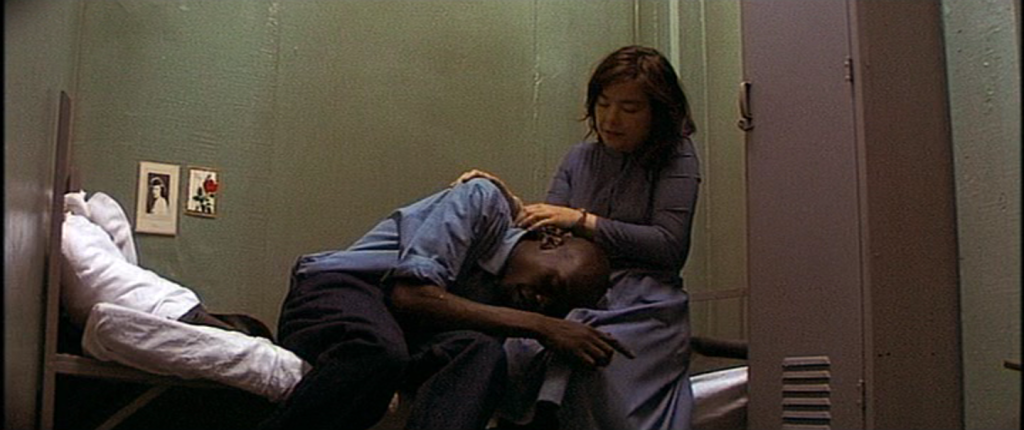

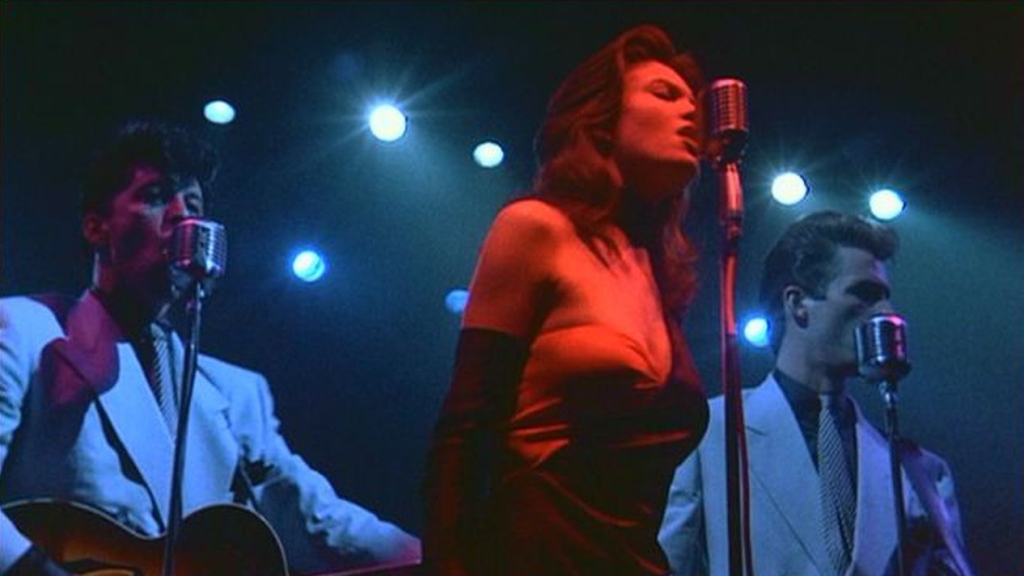







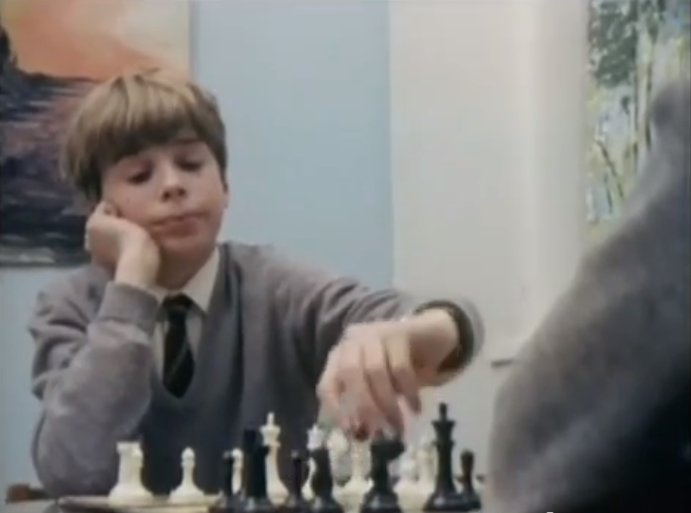



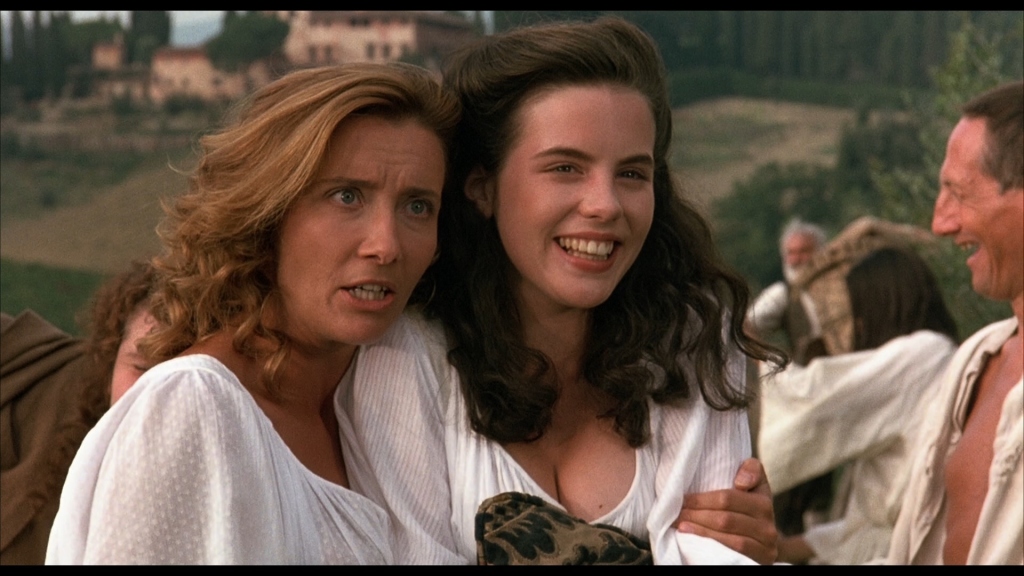













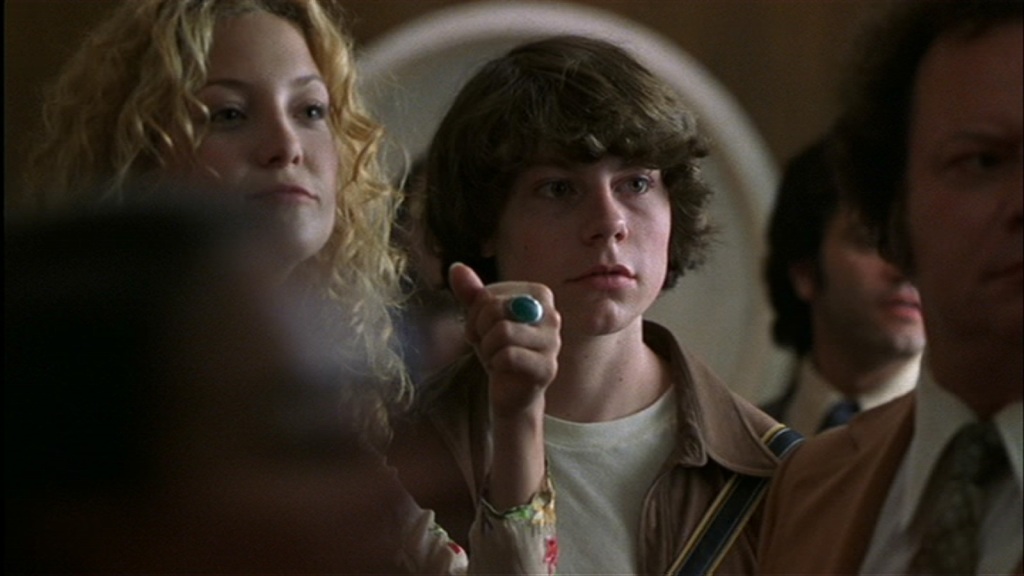
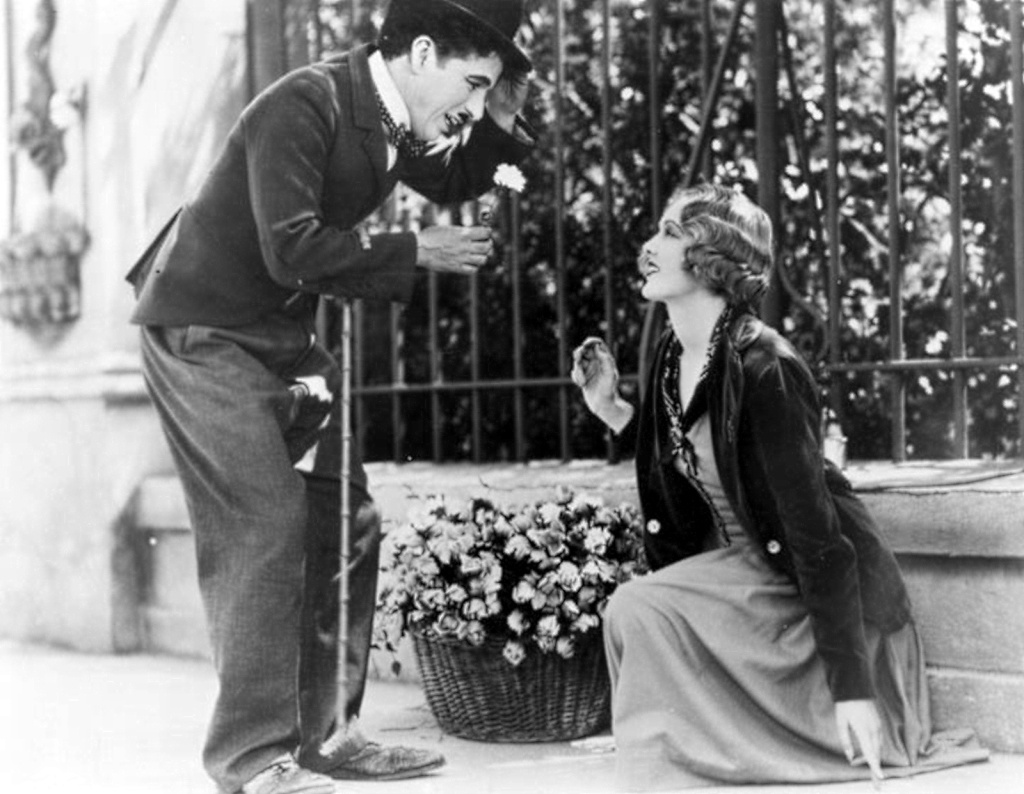





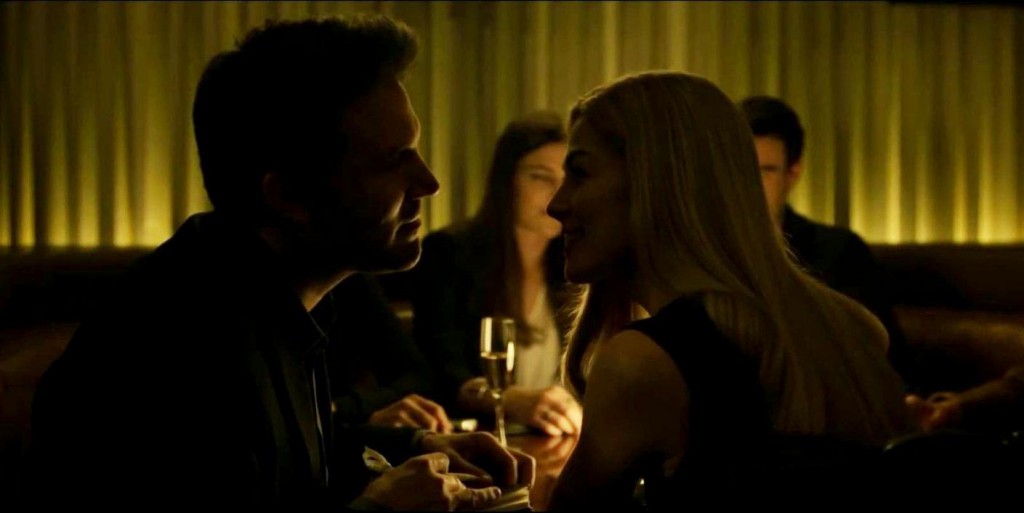 There’s something rotten in the state of Missouri. Amy and Nick’s picture-perfect marriage has soured and, on the morning of their fifth anniversary, Amy has disappeared in a violent manner. Now Nick must try to find his wife before the police begin to suspect that he was the murderer. Gone Girl is, next to Zodiac, the clearest indicator of what interests director David Fincher. It is a movie about the roles we inhabit in order to woo a mate, and what happens when those roles become a reality. It is a long, hard look at the cracks that form when performances start to break down and reality sneaks in.
There’s something rotten in the state of Missouri. Amy and Nick’s picture-perfect marriage has soured and, on the morning of their fifth anniversary, Amy has disappeared in a violent manner. Now Nick must try to find his wife before the police begin to suspect that he was the murderer. Gone Girl is, next to Zodiac, the clearest indicator of what interests director David Fincher. It is a movie about the roles we inhabit in order to woo a mate, and what happens when those roles become a reality. It is a long, hard look at the cracks that form when performances start to break down and reality sneaks in.


